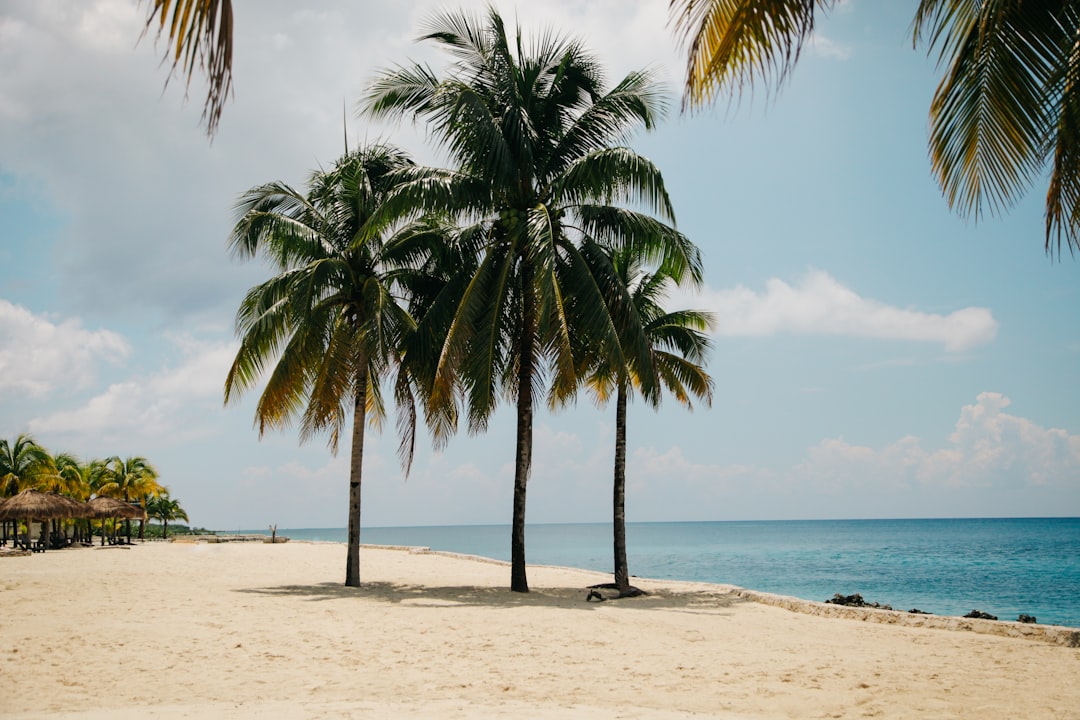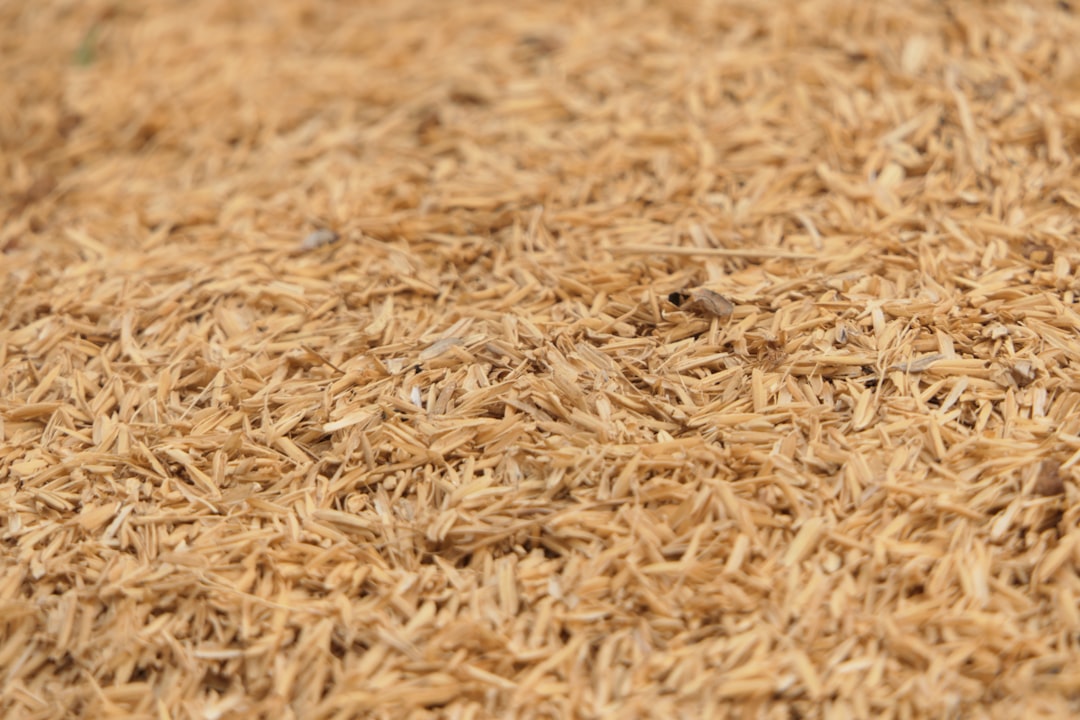What is it about?
Studies were conducted to optimize fish drying process in a Hohenheim-type solar tunnel dryer to produce safe and high quality dried fish products. Five commercially important tropical marine fish species in the Bay of Bengal such as silver jewfish, Bombay duck, big-eye tuna, Chinese pomfret and ribbon fish were used and drying was performed at 45-50ºC and 50-55ºC temperature ranges. Moisture content of the fish samples reached 16% after 36 h and 32 h of drying at temperature ranges of 45-50ºC and 50-55ºC, respectively. Products produced at 45-50ºC were found to be excellent on the basis of flavor, color and texture. Their rehydration ability ranged from 65 to 80% with minimum in big-eye tuna and maximum in silver jewfish. Values of total volatile base (TVB-N), peroxide (PV) and aerobic plate count (APC) of all the final dried products were within the acceptable limit.
Featured Image
Why is it important?
In this experiment we optimized the drying process in a Hohenheim type solar tunnel dryer, constructed using locally available materials, for several commercially important marine fish species in the Bay of Bengal over a wide range of temperature, humidity and moisture content. The data obtained in this study is now successfully used for large-scale production of dried fish of high quality providing better market price for its producers as well as greater acceptability to the consumers. We also developed another low cost solar tunnel dryer using bamboo, hemp, canvas, rope and polythene sheets which became very popular among small-scale dry fish producers in the coastal areas of Bangladesh.
Read the Original
This page is a summary of: OPTIMIZATION OF MARINE FISH DRYING USING SOLAR TUNNEL DRYER, Journal of Food Processing and Preservation, February 2009, Wiley,
DOI: 10.1111/j.1745-4549.2008.00236.x.
You can read the full text:
Contributors
The following have contributed to this page










